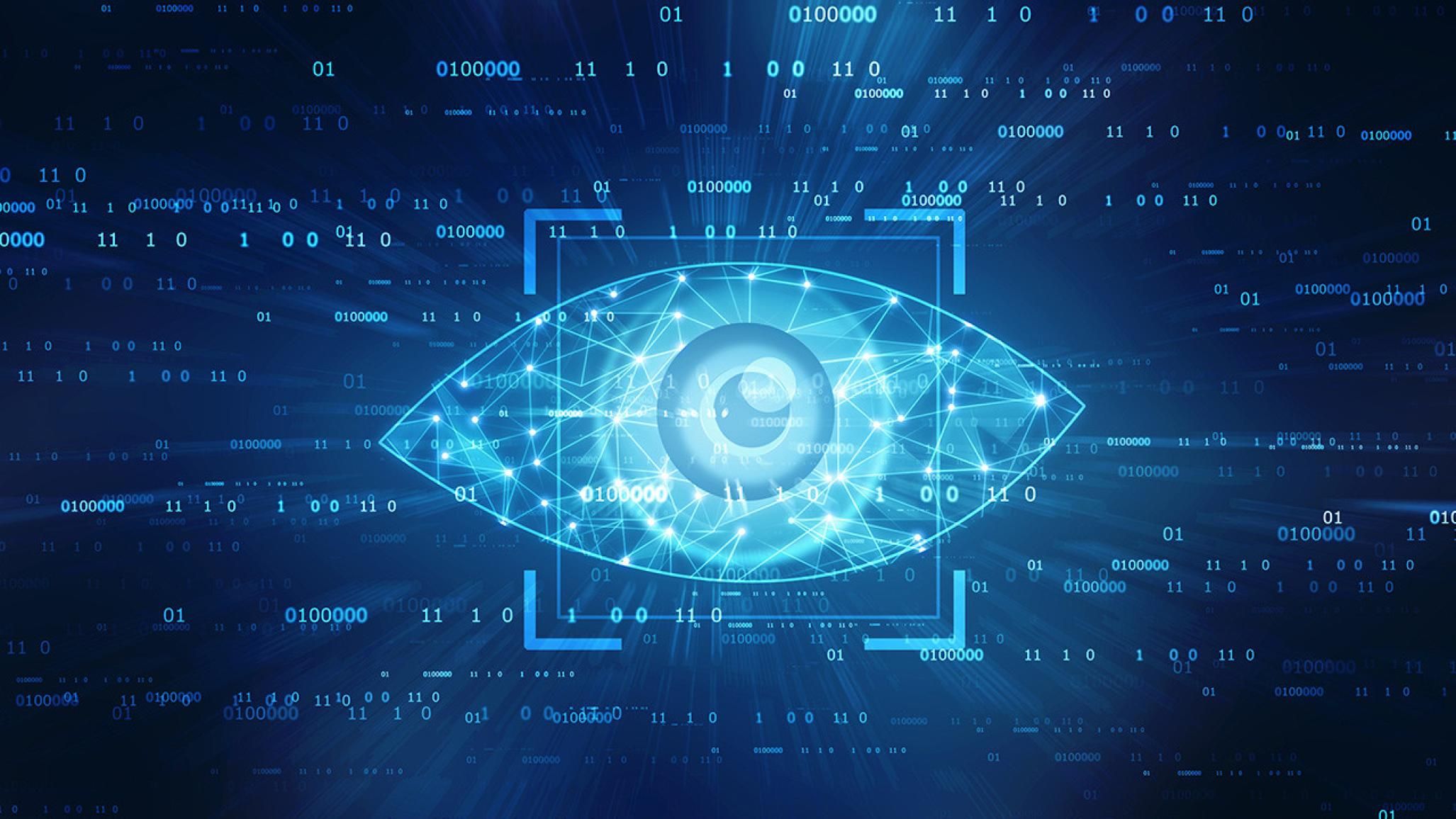Machines that see. It sounds futuristic, almost like science fiction. Yet it is already shaping the world around us. From diagnosing diseases to guiding robots, computer vision is no longer a niche experiment. It is a practical technology fueled by one essential component. Computer vision libraries.
These libraries are the engines behind visual intelligence. They contain functions, algorithms, and pre built models that allow developers to transform raw images and video into insights.
Without them, building computer vision applications would mean reinventing every mathematical formula and image processing method from scratch. With them, innovation happens faster and at a much larger scale.
Why Computer Vision Libraries Matter?
Computer vision library simplifies complexity. They turn advanced image analysis into accessible tools. Developers can quickly apply image recognition, object detection, or scene interpretation without spending years on research.
The libraries also integrate with artificial intelligence frameworks, which means solutions are not static. They learn, adapt, and improve with time.
The impact is profound. Libraries create a bridge between raw data and intelligent decision making. They reduce barriers to entry for startups, researchers, and enterprises. More importantly, they allow businesses to scale vision based solutions into real world environments where accuracy and speed are crucial.
Real-World Applications
Healthcare
Hospitals and clinics use vision powered tools to analyze scans and detect early signs of disease. Libraries process complex images with precision, supporting doctors in making faster and more reliable decisions.
Transportation
Vision systems guide vehicles through traffic, interpret road conditions, and detect pedestrians. Libraries provide the building blocks for safety and navigation in real time.
Retail
Stores apply vision for monitoring shelves, analyzing customer behavior, and creating seamless shopping experiences. Online platforms use the same technology to power visual search and product recommendations.
Manufacturing
Factories integrate computer vision into production lines. Libraries enable high speed inspection that ensures every product meets quality standards. Faulty items are identified immediately without slowing production.
Agriculture
Farmers rely on drones and sensors to capture images of crops. Computer vision libraries process the data to detect plant stress, monitor growth, and guide resource use more effectively.
Security
Cameras enhanced with vision libraries analyze live footage to detect anomalies, recognize faces, and respond to threats in real time.
The Broader Impact
The reach of computer vision libraries extends beyond specific industries. They enable innovation at every level. A researcher can test a new algorithm with minimal coding.
A startup can launch an application without building everything from the ground up. An enterprise can deploy large scale systems that monitor thousands of images or video streams every second.
By reducing complexity, computer vision libraries unlock creativity. They allow humans to focus on designing solutions rather than struggling with foundational code. They make machines not only see but also understand.
Conclusion
Computer vision libraries are more than collections of functions. They are the foundation of intelligent visual systems. Their influence can be seen in hospitals, highways, factories, farms, and shops. They accelerate innovation, improve safety, and open doors to new possibilities.
As these libraries continue to evolve, machines will gain sharper vision and deeper understanding. The future of computer vision is not distant. It is here, built one library at a time.


